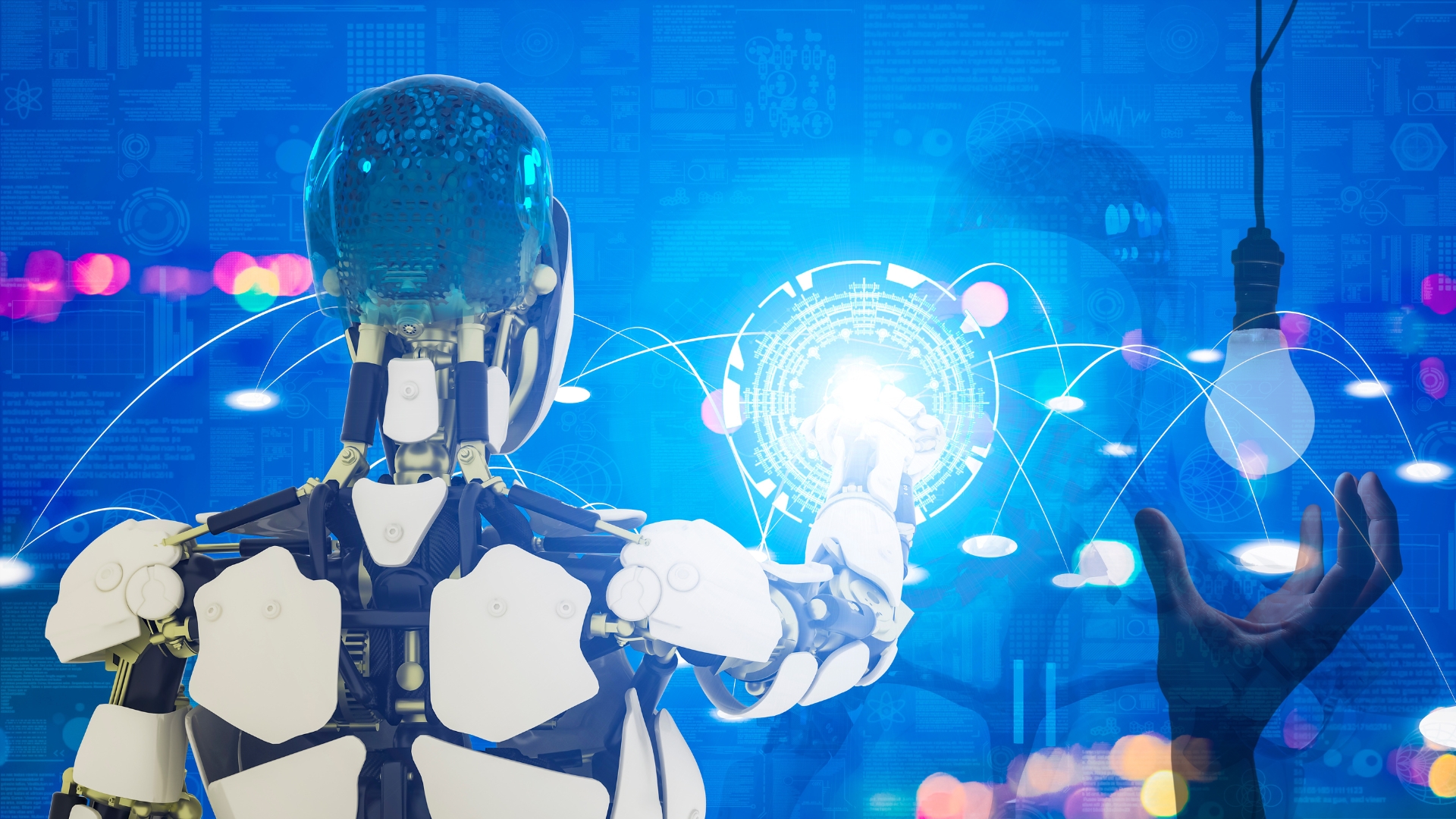 Imagine walking into a room and the lights adjust exactly the way you like — not too bright, not too dim, and maybe even in your favorite shade of warm white. You didn’t flip a switch. You didn’t say a word. The lighting system simply knew. Welcome to the future of predictive lighting.
Imagine walking into a room and the lights adjust exactly the way you like — not too bright, not too dim, and maybe even in your favorite shade of warm white. You didn’t flip a switch. You didn’t say a word. The lighting system simply knew. Welcome to the future of predictive lighting.
What Is Predictive Lighting?
Predictive lighting is an advanced smart lighting system that uses Artificial Intelligence (AI) and machine learning algorithms to learn user behavior, preferences, and environmental conditions — then automatically adjusts lighting without manual input.
Unlike traditional smart lights that rely on timers, sensors, or voice commands, predictive lighting evolves over time, offering truly intuitive, personalized experiences.
How AI Learns Your Lighting Habits
Predictive lighting systems continuously collect and process data, such as:
-
Time-based patterns (e.g., lights dim at 10 PM every night)
-
Location-based data (e.g., motion sensors detect room occupancy)
-
Manual overrides (e.g., if you always dim lights at a certain time)
-
Ambient conditions (e.g., adjusting brightness based on natural sunlight)
This data is fed into AI models that gradually recognize routines and predict future preferences — just like your music streaming app learns your taste in songs.
Technology Behind It
The seamless control is made possible through a combination of:
-
AI & machine learning
-
IoT-connected smart bulbs
-
Edge computing for real-time responsiveness
-
Cloud-based user profiles
Brands like Philips Hue, Lutron, and newer AI-focused startups are pushing the boundaries in this space.
Benefits of Predictive Lighting
-
✅ Hands-free operation: Zero interaction needed after setup
-
✅ Energy efficiency: Lights adapt based on presence and time
-
✅ Mood-based ambiance: Perfect lighting for work, relax, or sleep
-
✅ Accessibility-friendly: Great for elderly and people with disabilities
-
✅ Smart home synergy: Works with thermostats, blinds, and more
What’s Next?
Predictive lighting is just the beginning. In the near future, these systems could integrate:
-
Biometric feedback (like heart rate or stress levels)
-
AI-driven emotional recognition
-
Voice tone analysis for mood-based adjustments
Lighting will become more than just illumination — it will be a living, learning assistant that enhances well-being, productivity, and comfort.
Final Thoughts
The shift from reactive to proactive lighting is transforming homes, offices, and public spaces. With AI at the core, lighting is becoming deeply human-centered — learning our rhythms, preferences, and needs.
In a world full of switches, predictive lighting removes one more task from your day, giving you something truly valuable: effortless comfort.

